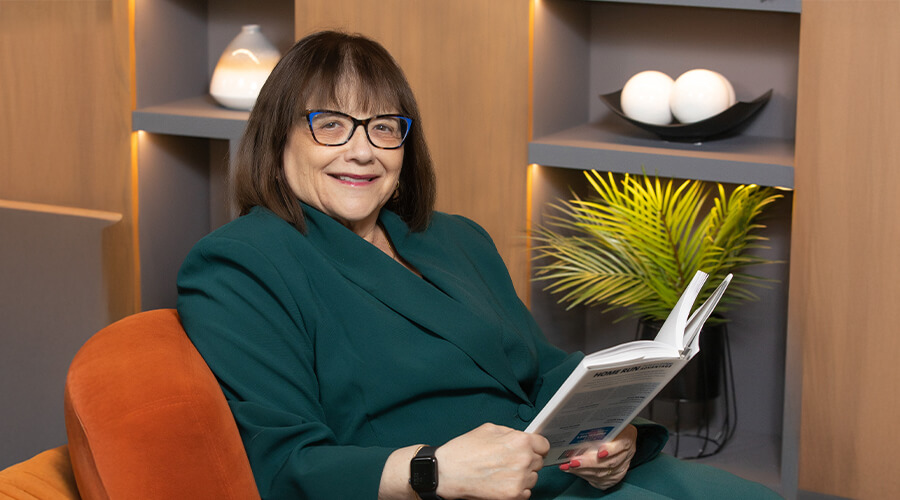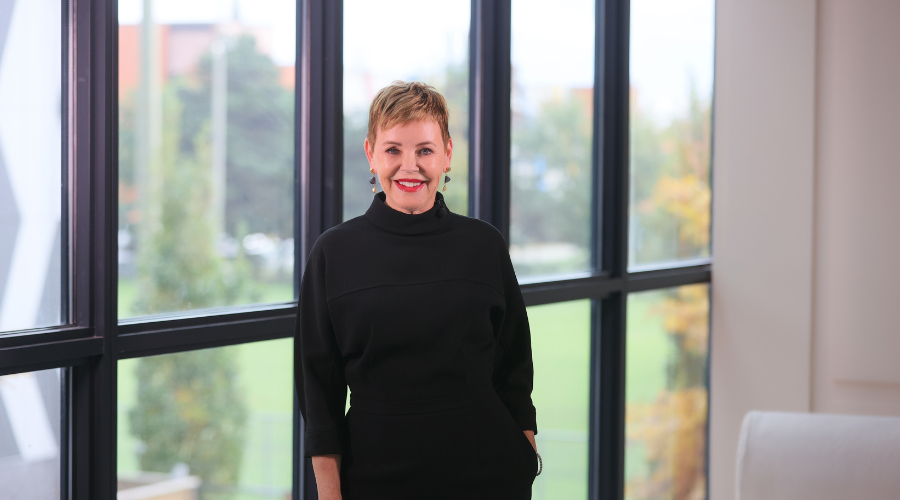Meet John and Mary, a retired couple living in Toronto. They had saved diligently for retirement but as they aged, their expenses increased, and their fixed income became insufficient. They cherished their home; which was filled with memories of raising their children, and were hesitant to downsize. Instead, they opted for a reverse mortgage, allowing them to access the equity in their home without having to move.
As Canada’s population ages, more and more retirees are seeking ways to maintain their standard of living while staying in their homes. According to an Ipsos survey commissioned by HomeEquity Bank, over 93% of Canadians desire to “age in place”. This growing trend, coupled with the country’s rising property prices has led to a surge in the popularity of reverse mortgages.
{"salutation_required":"Please select a salutation","first_name_required":"Please enter a valid first name","last_name_required":"Please enter a valid last name","tel_no_required":"Please enter a valid phone number","email_addr_required":"Format: name@domain.com","confirm_email_required":"Enter valid confirm email address","confirm_email_invalid":"Confirm email is invalid","first_name_invalid":"Please enter a valid first name","last_name_invalid":"Please enter a valid last name","tel_no_invalid":"Please enter a valid phone number","email_addr_invalid":"Format: name@domain.com","str_address_required":"Please enter a valid street address","str_address1_required":"Please enter a valid street address","date_of_birth_invalid":"Invalid date of birth","city_required":"Enter city","city_required_select":"Please select a city","province_select":"Please enter a province","city11_required":"Enter city","city11_required_select":"Please select a city ","province_required":"Please enter a province","post_code_required":"Format: A1A1A1","post_code1_required":"Format: A1A1A1","year_of_birth_required":"Provide date of birth","date_of_birth_required":"Provide date of birth","home_type_required":"Please select a home type","post_code_invalid":"Format: A1A1A1","post_code1_invalid":"Format: A1A1A1","estimated_market_value_required":"Please enter a home value","estimated_market_value_invalid":"Please enter a home value","first_name_max_length":"First Name should not greater than 8","chip_home_plan":"CHIP Home Income Plan","call_us_toll_free":"Call Us Toll-Free","request_your_free_guide":"Request Your Free Guide","get_started":"Get Started","learn_more":"Learn More","why_wait":"Why Wait? Get Started Today","submit":"Submit","province":"Province","province1":"Province","year_of_birth":"Birth Year","home_type":"Home Type","first_name":"First Name","last_name":"Last Name","tel_no":"Telephone Number","email_addr":"Email Address","confirm_email_addr":"Confirm Email Address","confirm_email":"Confirm Email Address","please_send_my_guide":"Please Send My Guide By Mail","please_provide_estimate":"Get a Free Estimate","str_address":"Street Address","str_address1":"Street Address","city_town_village":"City \/ Town \/ Village","city":"City \/ Town \/ Village","city_town_village11":"City \/ Town \/ Village","city11":"City \/ Town \/ Village","post_code":"Postal Code","post_code1":"Postal Code","estimated_market_value":"Estimated Home Value","success_home_income_plan":"Data is submitted Successfully","its_easy":"It\u2019s Easy! Get Started Today!","read_more":"Read More Customer Stories","thank_you":"Thank You!","thank_you_message_1":"Your CHIP Home Income Plan Guide will be sent to you shortly.","thank_you_message_2":"Your personalized estimate will be sent to you shortly","thank_you_message_invalid":"Please Try Again","ok":"Ok","month":"Birth Month","day":"Birth Day","select":"Salutation","month_of_birth":"Birth Month","date_of_birth":"Birth Day","second_home_owner":"Is there a second homeowner?","yes":"Yes","no":"No","send_by":"Send by","email":"Email","mail":"Mail","age":"Age (in years)","age_required":"Required","age_invalid":"Enter Valid Age","age1_required":"Required","age2_required":"Required","age1_invalid":"Enter Valid Age","age2_invalid":"Enter Valid Age","term_required":"Required","secured_dept_required":"Required","unsecured_dept_required":"Required","captcha_code_required":"Required","secured_dept_invalid":"Enter Valid Value","unsecured_dept_invalid":"Enter Valid Value","select_term":"Term","select_gender":"Gender","gender1_required":"Required","select_age":"Age (in years)","secureddebt_value_required":"Enter valid secured debt value","secureddebt_value_invalid":"Enter valid secured debt value","unsecureddebt_value_required":"Enter valid unsecured debt value","unsecureddebt_value_invalid":"Enter valid unsecured debt value","calculate":"Calculate","subscribe_form_button":"Subscribe"}
Reverse Mortgage Calculator
Try Our 2-step calculator
Find out the amount you can access
Reverse Mortgage Calculator
Try our simple 2-step calculator
Related Post































